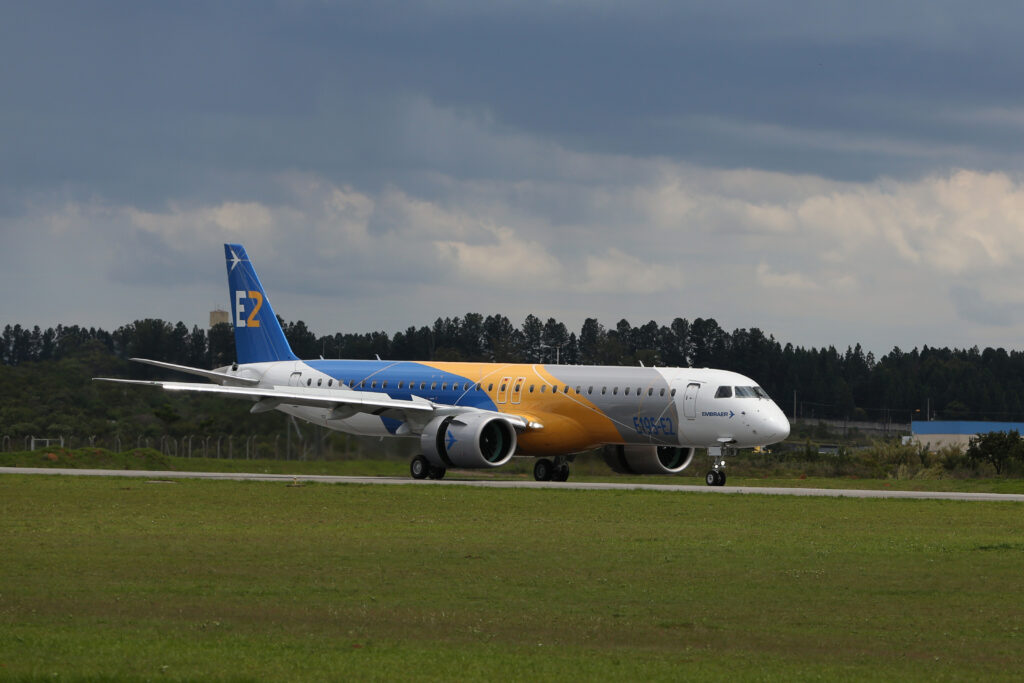Airbus Corporate Jets Wins First A321LR Order for Two Aircraft
Airbus Corporate Jets (ACJ) has won the first A321LR order for two aircraft from Lufthansa Technik, highlighting the market appeal and versatility of the A320neo Family. The aircraft will be multi-role capable and can be…


